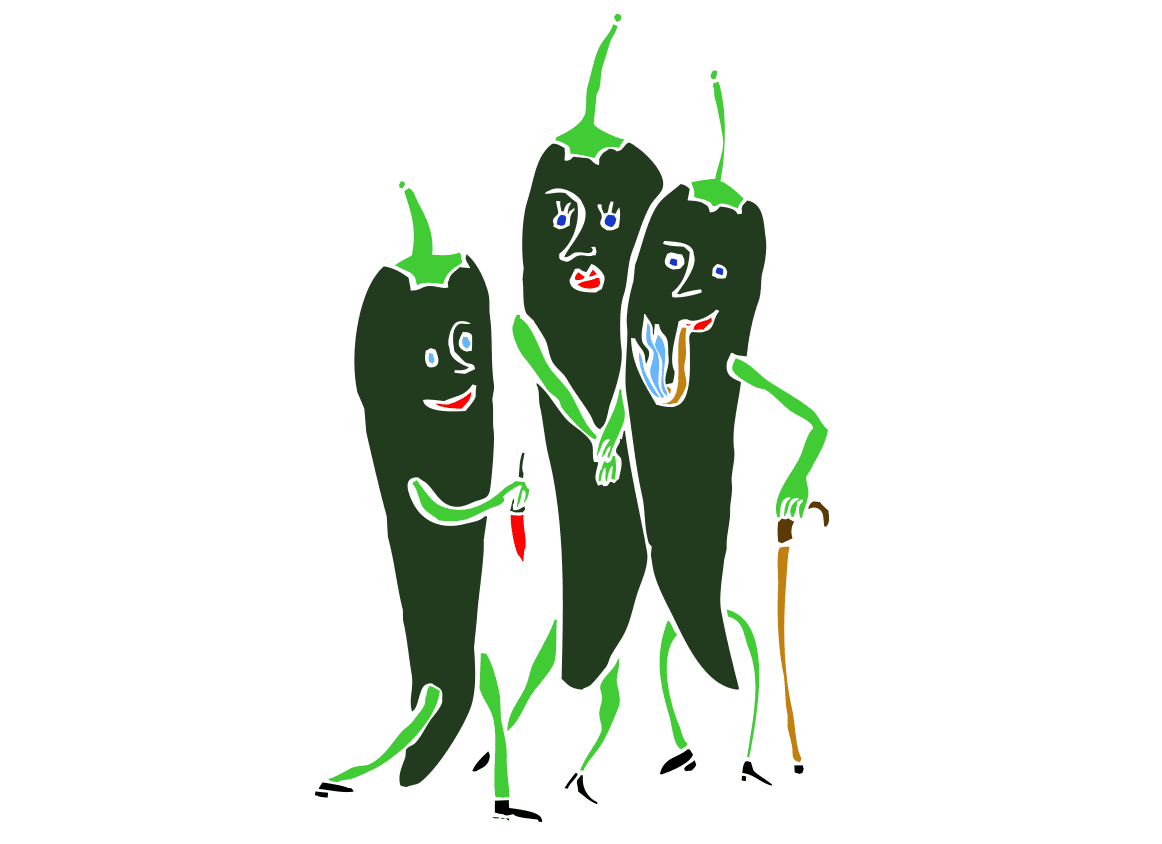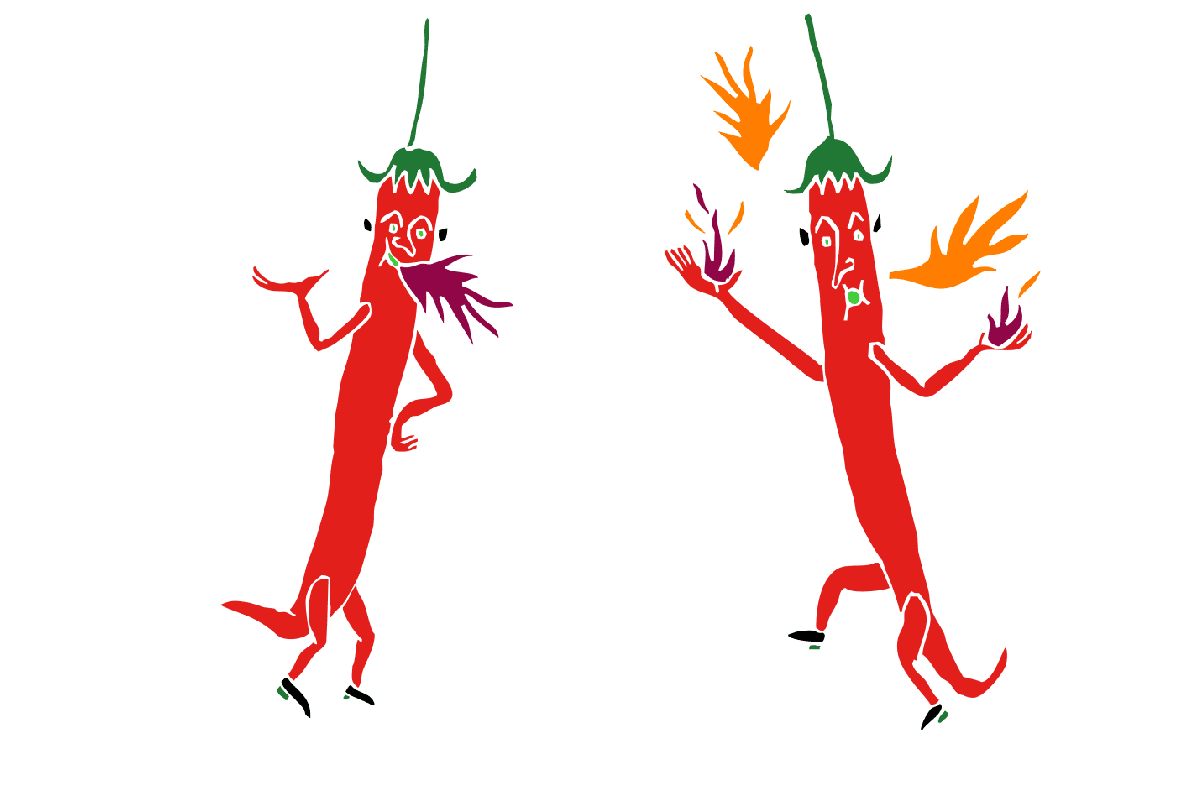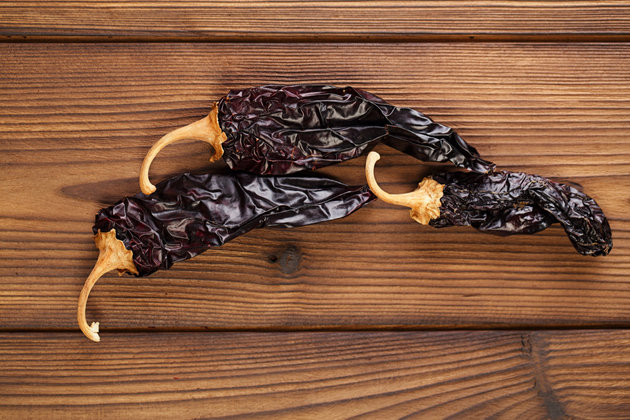Tag Archives: tips
19 Things You Should Never Do In A Kitchen
Sometimes common sense is not so common

The kitchen, a wondrous place full of delicious possibilities, can also be a dangerous one. There are hot surfaces and sharp objects all around, and things can get ugly if one is not careful — from something as benign as a ruined meal to more serious outcomes like severe burns.
Folks, there are do’s and don’t’s when it comes to proper kitchen etiquette. We found the best reddit thread on the subject that has input from industry chefs and home cooks alike. (Who better to weigh in on the subject than those who are learning from their mistakes?) We fact-checked each brilliant piece of advice listed below, credited to the reddit user who wrote it.
Without further ado, here are things you should never do in the kitchen:
What The Heck Is A Chipotle, Anyway?
The Science of Dry-Aging | Lucky Peach
A little something from Harold Mcgee, one of the foremost food scientists out there…

This feature comes from “Lucky Peach #2: The Sweet Spot.” Pick up a subscription here.
Proteins, carbohydrates, and fats are the building blocks of living things, but they don’t have much flavor in their natural state. They are bland to begin with. That’s why we cook them, why we season them, why we transform them—to make them more appealing to us.
But sometimes we can get our food to make itself more delicious, by treating it in a way that creates favorable conditions for the enzymes that are already in the food to work together in a certain fashion.
Enzymes are molecules that exist in foods—and in microbes intimately involved with food—that can transform those basic, bland building blocks. They’re nano-cooks—the true molecular cooks. Dry-aging, ripening, and fermentation are all processes that take advantage of enzymes to make foods delicious before cooking.
Most meat, by contrast, is prepared for the market very quickly. The animal is slaughtered, the various parts of the muscle system are separated and packaged, and then they’re distributed. That’s about it.
Dry-aging beef means that once the animal is slaughtered and butchered, portions of the carcass are allowed to rest in very carefully controlled conditions (cool temperatures with relatively high humidity) for a period of time—often several weeks, and sometimes up to a couple of months.
When You’re Eating Chilean Sea Bass, You’re Actually Eating Patagonian Toothfish

Have you ever heard of Patagonian toothfish? Well, chances are, you’ve eaten it — only when you ate it, it was called Chilean Seabass.
Yes, that’s right, Chilean Seabass is just a more “friendly” name for the Patagonian toothfish. The name under which it’s marketed was changed in 1977 by fisherman Lee Lantz , to make it sound more appetizing to the American market. Although the fish isn’t always caught in Chilean waters, and a toothfish isn’t technically even a bass, the term Chilean Seabass had “broad resonance among American seafood eaters.”
While the name change has certainly helped the Patagonian toothfish become more popular (there was a major Chilean Seabass boom in the ’90s), it has also led to overfishing of the species. Without strict government regulation, sustainability hasn’t been a top priority and many fishermen have been fishing in areas where they shouldn’t be. Had this fish not been renamed to make it more marketable, would the demand have been as high and led to overfishing? Probably not.
It may seem odd that a fish’s name was changed to make it sound better, however it is actually more common than you may think. Monkfish was originally called Goosefish, Sea Urchin used to be called Whore’s Eggs and Orange Roughy was Slimehead.
via When You’re Eating Chilean Sea Bass, You’re Actually Eating Patagonian Toothfish.
All in the Family Tomato | Lucky Peach
 THE BEGINNING
THE BEGINNING
My father is a farmer, and my Northern California childhood was spent being spoiled on the wonderful produce that he grew. (Even now, he’ll bring me boxes of blood oranges and avocados whenever he visits.) In the past, he’s worked with prestigious Napa wineries like Frog’s Leap, Fetzer, and Kendall-Jackson, and he’s gardened for Steve Jobs. He is also responsible for creating many beautiful and delicious tomatoes, and has a habit of naming them after things close to his heart. Like Burning Spear, named after the reggae legend. Or Marz Round Green, named after my half-brother. And Niya Belle, named after my half-sister. For most of my childhood, however, there was not a tomato named after me—a fact I liked to constantly remind him. “Where’s my tomato?” I asked him constantly. “Dad, when will I get my own tomato?”
Five years ago, my questions were answered: Dad presented me with “Jesse’s tomato,” a medium-sized—which made sense, since I’m the middle child—red paste tomato that tasted amazing. I needed to know about my tomato—its lineage, its family history—and I had no idea how all these tomatoes that my dad had bred had come to be. Tomatoes could be “promiscuous,” my father explained: they could mate with other tomato varieties to create new, Franken-baby tomatoes. Mine was a question that, at some point, all kids ask their parents: Where do babies come from?
Lobsters Pee From Their Faces And 8 More Facts About Our Favorite Crustaceans
If there’s one thing that any lobster lover knows for sure, it’s that this crustacean is absolutely delicious — especially when paired with warm, melted butter. Other than that, most of us don’t know much about this bottom-dweller of the sea. And there might be a reason for that.
A bit of research on lobsters reveals that they have a bizarre past and are known to exhibit some unique behaviors (for instance, they pee from their faces). Intrigued? Read on to learn nine strange facts about the crustacean in honor of National Lobster Day.
via Lobsters Pee From Their Faces And 8 More Facts About Our Favorite Crustaceans.

Every Cooking And Baking Substitution You Could Ever Need, In One Perfect Chart
I wish there was more of this in weights and precise measurements, but overall this is a nice tool for improvising when you’re out of pantry items.
There’s nothing worse than being in the middle of making biscuits only to realize that you’re fresh out of buttermilk. Or baking a cake, and finding out someone used up the eggs. Having to run out to the store when you’re in the middle of preparing something awesome to eat is the absolute worst. That ends right here, right now, with the mother of all substitution charts.
We’ve come across some great infographics before — like the one that explains how long foods can be frozen or the one the shares the secret for grilling picture-perfect steaks — but none have ever been so helpful as this chart below. (Did you know there’s a substitute for chocolate?)
Before you cook another meal, print this chart and post it to your fridge. It will save you more times you can count
via Every Cooking And Baking Substitution You Could Ever Need, In One Perfect Chart.







